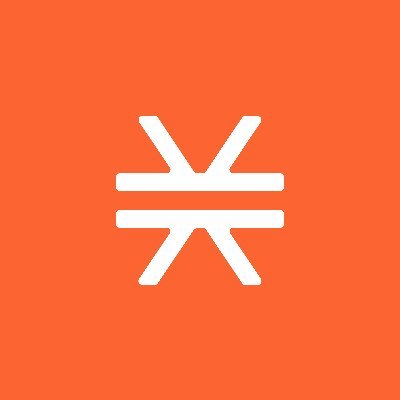Bitcoin finally has a native yield model that doesn’t break its design.
Stacks’ Dual Stacking lets holders earn Bitcoin yield while securing the network - bridging utility and purity in one move.
Here’s my take on why @Stacks’ Dual Stacking might be the quietest big idea.
[Progress overview] ↓

Dual Stacking is the new Bitcoin yield model built on @Stacks - designed to tie Bitcoin and STX economics into one loop.
It lets Bitcoin holders earn BTC yield while directly strengthening the Stacks network.
Users can choose how they want to participate.
There are two ways to join the loop:
→ Hold sBTC to earn a base BTC yield.
→ Use sBTC in DeFi or stack STX to boost rewards.
You can do either, or both.
It’s a flexible system designed for passive sBTC holders and active DeFi users and stackers where yield grows with alignment.
This chart captures it well:
Bitcoin enters the system through the sBTC Bridge where users lock BTC and mint a 1:1 backed asset called sBTC.
From there, the flow splits into two paths:
• Hold or use sBTC in DeFi:
Just holding sBTC earns a base BTC yield.
If you deploy it in DeFi, that yield grows — sBTC becomes productive capital across the Stacks ecosystem.
• Stack STX:
Users who stack STX strengthen network security and unlock additional BTC yield.

The reward curve is where it gets interesting.
Everyone earns a baseline BTC yield on their sBTC, but pairing STX amplifies it along a diminishing curve.
It’s designed so early participants get upside, while whales can’t dominate.
Hmm... feels like game theory done right: aligning Bitcoin capital with network health.

The clever part? How the curve self-regulates liquidity.
→If too much BTC flows in without STX, yields drop.
→If STX participation rises, yield balance restores.
The more I looked at the curve, the more it felt like an invisible hand for network balance.
It rewards cooperation between BTC and STX holders without anyone needing to coordinate. That’s the kind of elegance most yield models miss.
You can actually see that balance play out in different participation scenarios.
As more STX pairs with BTC, overall yields compress but access broadens.
Here’s what that looks like across models:

And yes! Early adopters earn more; stability builds as participation widens.
→ sBTC in wallets earns base yield.
→ sBTC in DeFi amplifies it through liquidity and volume - a system learning to sustain itself.
The more sBTC moves through DeFi, the stronger its yield loop becomes.
The key to dual stacking yield? sBTC can’t sit still.
→ In @bitflow, it earns swap fees.
→ In @ZestProtocol, it backs BTC-denominated loans.
→ In @ArkadikoFinance, it strengthens USDA vaults for rewards.
Every move keeps sBTC working - and that activity feeds dual stacking yield.
The more I look at dual stacking, the more it feels like Bitcoin’s next quiet experiment in balance.
sBTC brings movement, STX adds structure and together, they make yield feel native again.
Dual Stacking began with a simple idea - Bitcoin earning yield on its own terms. And this might be the closest we’ve come to realizing it: a mechanism that keeps Bitcoin and STX in sync, where incentives do the work governance once did.
1,18 mil
0
O conteúdo apresentado nesta página é fornecido por terceiros. Salvo indicação em contrário, a OKX não é o autor dos artigos citados e não reivindica quaisquer direitos de autor nos materiais. O conteúdo é fornecido apenas para fins informativos e não representa a opinião da OKX. Não se destina a ser um endosso de qualquer tipo e não deve ser considerado conselho de investimento ou uma solicitação para comprar ou vender ativos digitais. Na medida em que a IA generativa é utilizada para fornecer resumos ou outras informações, esse mesmo conteúdo gerado por IA pode ser impreciso ou inconsistente. Leia o artigo associado para obter mais detalhes e informações. A OKX não é responsável pelo conteúdo apresentado nos sites de terceiros. As detenções de ativos digitais, incluindo criptomoedas estáveis e NFTs, envolvem um nível de risco elevado e podem sofrer grandes flutuações. Deve considerar cuidadosamente se o trading ou a detenção de ativos digitais é adequado para si à luz da sua condição financeira.



